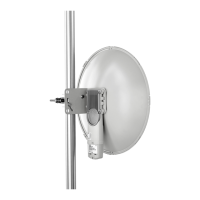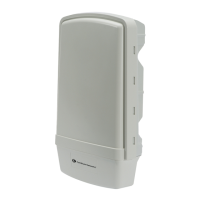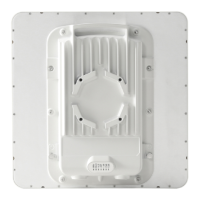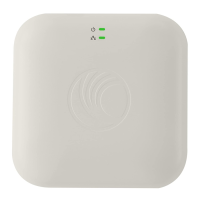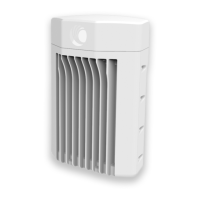Chapter 3: System planning 172
l Managing module access by passwords
l Filtering protocols and ports
l Port Configuration
Isolating AP/ BHM from the Internet
Ensure that the IP addresses of the AP/BHM in the network:
l are not routable over the Internet.
l do not share the subnet of the IP address of your user.
RFC 1918, Address Allocation for Private Subnets, reserves for private IP networks three blocks of IP
addresses that are not routable over the Internet:
l /8 subnets have one reserved network, 10.0.0.0 to 10.255.255.255.
l /16 subnets have 16 reserved networks, 172.16.0.0 to 172.31.255.255.
l /24 subnets have 256 reserved networks, 192.168.0.0 to 192.168.255.255.
Encrypting radio transmissions
Cambium fixed wireless broadband IP systems employ the following form of encryption for security of the
wireless link:
AES (Advanced Encryption Standard): An over-the-air link encryption option that uses the Rijndael
algorithm and 128-bit keys to establish a higher level of security than DES. AES products are certified as
compliant with the Federal Information Processing Standards (FIPS 197) in the U.S.A.
The default encryption setting for 450 Platform Family ODU is "None".
Planning for HTTPS operation
Before starting to configure HTTPS operation, ensure that the cryptographic material listed in HTTPS
security material is available.
Table 113 : HTTPS security material
Item Description Quantity required
User Defined
Security Banner
The banner provides warnings and notices to be read by the
user before logging in to the ODU. Use text that is
appropriate to the network security policy.
Normally one per link.
This depends upon
network policy.
Port numbers
for HTTP,
HTTPS and
Telnet
Port numbers allocated by the network. As allocated by
network.
Planning for SNMPv3 operation
SNMP security mode
Decide how SNMPv3 security will be configured.
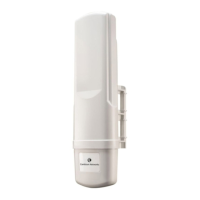
